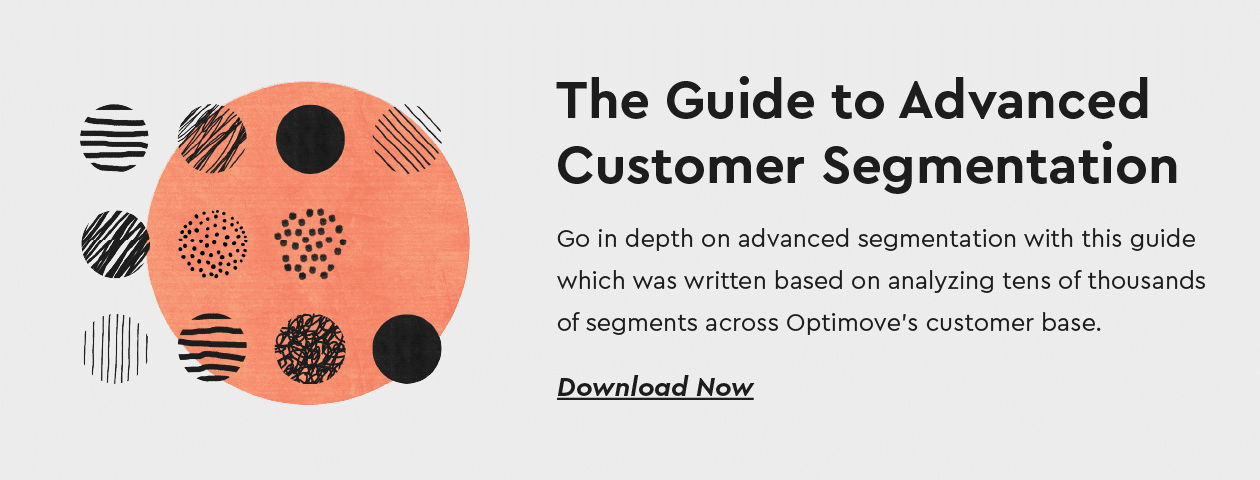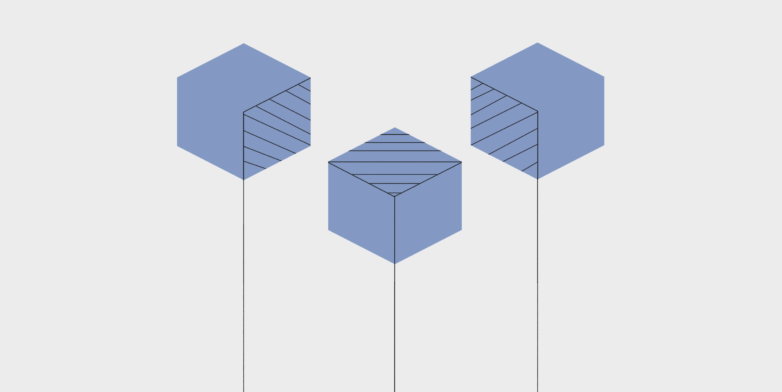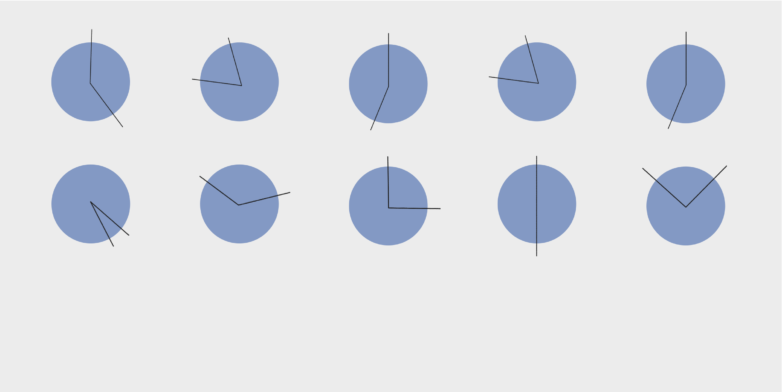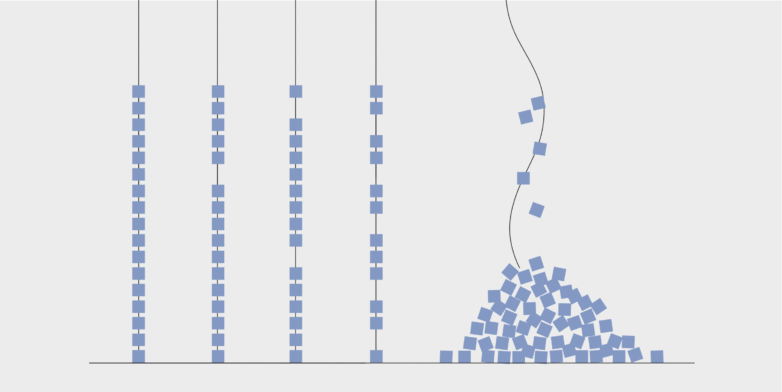What is Customer Behavior Modeling?
Customer Behavior Modeling is defined as the creation of a mathematical construct to represent the common behaviors observed among particular groups of customers in order to predict how similar customers will behave under similar circumstances.
Customer behavior models are typically based on data mining of customer data, and each model is designed to answer one question at one point in time. For example, a customer model can be used to predict what a particular group of customers will do in response to a particular marketing action. If the model is sound and the marketer follows the recommendations it generated, then the marketer will observe that a majority of the customers in the group responded as predicted by the model.
Guide to Advanced Customer Segmentation
The Difficulty of Customer Behavior Modeling
Unfortunately, building customer behavior models is typically a difficult and expensive task. This is because the smart and experienced customer analytics experts who know how to do it are expensive and difficult to find, and because the mathematical techniques they need to use are complex and risky.
Furthermore, even once a customer behavior model has been built, it is difficult to manipulate it for the purposes of the marketer, i.e., to determine exactly what marketing actions to take for each customer or group of customers.
Finally, despite their mathematical complexity, most customer models are actually relatively simple. Because of this necessity, most customer behavior models ignore so many pertinent factors that the predictions they generate are generally not very reliable.
Different Types of Customer Behavior Predictions
It is important to understand the types of customer behavior predictions so that you can anticipate them and act accordingly. Understanding and predicting your customers’ behavior will allow you to create a personalized and pleasant customer experience. Here are some different types of customer behavior predictions:
Churn
Customer churn is when a customer decides to stop being a customer of your business. Brands measure churn using the churn rate, which is the number of people who become inactive customers during a specific time period. Some customers will inevitably churn; however, it is important to conduct churn analysis to prevent as many customers from churning as possible. You can use customer data and analysis to determine what causes your customers to churn and use that information to prevent customers from churning. Prevent customer churn by educating new customers and rewarding existing customers for brand loyalty. You should also ensure you have good customer service so customers will be excited to return to your business.
Conversion
When a customer converts, it means they completed any goal you set, including signing up for the email list, signing up for a loyalty program, requesting a demo, or completing a transaction. Conversion analysis studies your visitors’ actions to see if they will convert. It allows you to understand which customers respond to which actions and marketing strategies. With that information, you can better tailor your marketing campaigns to get the most out of each marketing segment.
Reactivation
Reactivation is when a customer begins engaging with your brand again after being inactive. It is important to analyze why customers reactivate because when you understand why a customer became inactive and then active again, you can reactivate more customers and prevent active customers from going inactive in the first place. You can re-engage customers through mobile devices, social media, loyalty programs, email reminders, and more. It is essential not to forget about your customers who have gone inactive because if you change your strategy, they may become valuable customers again in the future.
Future Value
Future Value is a prediction of the future revenues expected from a customer during a particular time period. Customer future value and customer lifetime value are two very different metrics. Customer future value is a predicted figure representing the future revenues (or other metric) that the customer is expected to generate from today until the future value calculation horizon. Customer lifetime value is the sum of all revenues actually generated by a customer until today, plus the predicted future value.

Customer Behavior Analysis: The RFM Approach
Many customer behavior models are based on an analysis of Recency, Frequency and Monetary Value (RFM). This means that customers who have spent money at a business recently are more likely than others to spend again, that customers who spend money more often at a business are more likely than others to spend again and that customers who have spent the most money at a business are more likely than others to spend again.
RFM is popular because it is easy to understand by marketers and business managers, it does not require specialized software and it holds true for customers in almost every business and industry.
Unfortunately, RFM alone does not deliver the level of accuracy that marketers require. Firstly, RFM models only describe what a customer has done in the past and cannot accurately predict future behaviors. Secondly, RFM models look at customers at a particular point in time and do not take into account how the customer has behaved in the past or in what lifecycle stage the customer is currently found. This second point is critical because accurate customer modeling is very weak unless the customer’s behavior is analyzed over time.
The Guide to Advanced Customer Segmentation
Go in depth on advanced segmentation with this guide which was written based on analyzing tens of thousands of segments across Optimove’s customer base.
A Better Approach to Customer Behavior Modeling
Optimove introduces customer behavior modeling methods which are far more advanced and effective than conventional methods. By combining a number of technologies into an integrated, closed-loop system, marketers enjoy highly accurate customer behavior analysis in an easy-to-use application.
Optimove achieves market-leading predictive customer behavior modeling with the combination of the following capabilities:
- Segmenting customers into small groups and addressing individual customers based on actual behaviors – instead of hard-coding any pre-conceived notions or assumptions of what makes customers similar to one another, and instead of only looking at aggregated/averaged data which hides important facts about individual customers
- Tracking customers and how they move among different segments over time (i.e., dynamic segmentation), including customer lifecycle context and cohort analysis – instead of just determining in what segments customers are now without regard for how they arrived there
- Accurately predicting the future behaviors of customers (e.g., convert, churn, spend more, spend less) using predictive customer behavior modeling techniques – instead of just looking in the rear-view mirror of historical data
- Using advanced calculations to determine the customer lifetime value (LTV) of every customer and basing decisions on it – instead of looking only at the short-term revenue that a customer may bring the company
- Knowing, based on objective metrics, exactly what marketing actions to do now, for each customer, in order to maximize the long-term value of every customer – instead of trying to figure out what to do based on a dashboard or pile of reports.
- Employing marketing machine learning technologies that can reveal insights and make recommendations for improving customer marketing that human marketers are unlikely to spot on their own.
One way to think of the difference between conventional approaches and the Optimove approach is that the former is like a customer snapshot whereas the latter is a customer animation. The animated view of the customer is far more revealing, allowing much more accurate customer behavior predictions.

Start Using the Most Advanced Customer Behavior Modeling & Analysis Available Today!
Contact us today – or request a Web demo – to learn how you can use Optimove to predict customer behavior and easily maximize the impact of every marketing action in order to convert more customers, increase the spend of existing customers and reduce customer churn.
Get a personalized tour of Optimove
Let us show you how to go from tens to hundreds of segments


